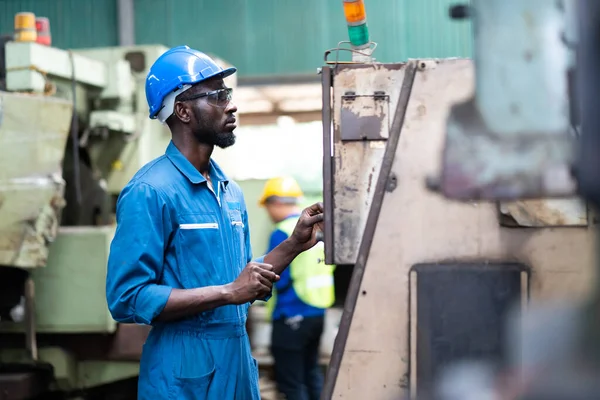The field of structural engineering is undergoing significant transformations driven by technological advancements, evolving societal needs, and increasing environmental awareness. As we look to the future, several trends are emerging that are likely to shape the industry in the coming years. This article explores these trends and what they mean for structural engineering.
1. Sustainable and Resilient Design
Overview
Sustainability continues to be a driving force in structural engineering. As climate change becomes an urgent global issue, there is a growing emphasis on designing structures that are not only energy-efficient but also resilient to environmental challenges.
Key Developments
- Green Building Materials: The use of recycled, renewable, and low-impact materials is on the rise. Innovations such as self-healing concrete and geopolymer concrete are gaining traction.
- Resilient Infrastructure: Engineers are increasingly focused on creating structures that can withstand natural disasters, incorporating features that enhance durability and adaptability.
2. Advanced Materials and Technologies
Overview
The development of new materials and technologies is revolutionizing structural engineering. These innovations enhance performance, reduce costs, and improve safety.
Key Developments
- Smart Materials: Materials that can respond to environmental changes, such as temperature or stress, are becoming more common. These materials can enhance safety and longevity.
- 3D Printing: Additive manufacturing is making it possible to create complex structures with reduced waste and time. This technology is particularly useful for prototypes and custom components.
3. Building Information Modeling (BIM)
Overview
BIM is transforming the way structural engineers design, visualize, and manage projects. This technology allows for improved collaboration and efficiency throughout the project lifecycle.
Key Developments
- Enhanced Collaboration: BIM enables all stakeholders—architects, engineers, contractors, and clients—to collaborate in a shared digital environment, reducing errors and improving communication.
- Lifecycle Management: BIM facilitates better management of a building’s lifecycle, from design and construction to maintenance and operation, leading to more sustainable outcomes.
4. Digital Twin Technology
Overview
Digital twin technology involves creating a virtual replica of a physical structure. This innovation allows for real-time monitoring and analysis.
Key Developments
- Real-Time Data Analytics: Engineers can use data from sensors embedded in structures to monitor performance, predict maintenance needs, and enhance safety.
- Simulation and Testing: Digital twins enable engineers to simulate various scenarios, allowing for better decision-making and optimization of design.
5. Modular and Prefabricated Construction
Overview
Modular construction involves building pre-fabricated sections of a structure off-site, which are then assembled on-site. This approach is gaining popularity due to its efficiency and cost-effectiveness.
Key Developments
- Reduced Construction Time: Modular techniques can significantly shorten project timelines, allowing for faster occupancy and reduced labor costs.
- Quality Control: Off-site construction often results in better quality assurance, as components are built in controlled environments.
6. Increased Focus on Safety and Well-Being
Overview
As awareness of health and safety increases, structural engineers are placing more emphasis on creating safe and healthy built environments.
Key Developments
- Focus on Air Quality: Engineers are considering the impact of building materials and design on indoor air quality and occupant health.
- Biophilic Design: Incorporating natural elements into design—such as green spaces and natural lighting—is becoming a priority to enhance occupant well-being.
7. Artificial Intelligence and Machine Learning
Overview
Artificial intelligence (AI) and machine learning are making inroads into structural engineering, offering new ways to analyze data and improve design processes.
Key Developments
- Predictive Analytics: AI can analyze historical data to predict structural performance and identify potential issues before they arise.
- Optimized Design Processes: Machine learning algorithms can assist in generating optimal design solutions, reducing the time and effort required for analysis.
8. Regulatory Changes and Standards
Overview
As the industry evolves, so too do the regulations and standards governing structural engineering. Engineers will need to stay informed about new compliance requirements.
Key Developments
- Sustainability Standards: Expect to see more stringent regulations related to sustainability and energy efficiency in building codes.
- Safety Regulations: As technology advances, new safety standards will likely emerge, particularly related to smart structures and digital monitoring.
Conclusion
The future of structural engineering is bright, with numerous trends poised to transform the industry. By embracing sustainability, advanced materials, digital technologies, and a focus on safety and well-being, structural engineers can create innovative solutions that meet the demands of a changing world. Staying informed about these trends will be essential for professionals in the field, as they adapt to new challenges and opportunities in the years to come.








